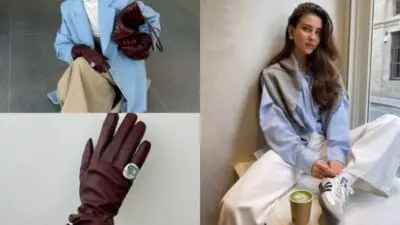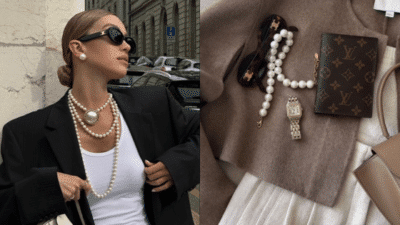Planning a trip to a ski resort conjures images of majestic snow-capped mountains, thrilling runs down powdery slopes, and cozy evenings by a crackling fire. But beyond the adrenaline rush of skiing or snowboarding, there’s a whole world of experiences to be had off the slopes. From lively après-ski gatherings to charming village strolls and intimate dinners, knowing what to wear for these non-skiing moments is key to truly enjoying your winter getaway. This guide is all about helping you nail those perfect casual outfits for a ski resort, ensuring you look stylish, stay comfortable, and feel warm, no matter what adventure the mountain brings your way.
Think of a ski resort as a unique fashion landscape. It’s a place where practicality meets cozy chic, where warmth is paramount, but personal style doesn’t have to take a backseat. We’re moving past just the technical gear and delving into the essentials for making a statement, or simply feeling great, when you’re not strapped into your skis. Get ready to discover how to blend comfort, function, and flair into your resort wardrobe.
The Multifaceted Mountain Lifestyle: Beyond the Slopes
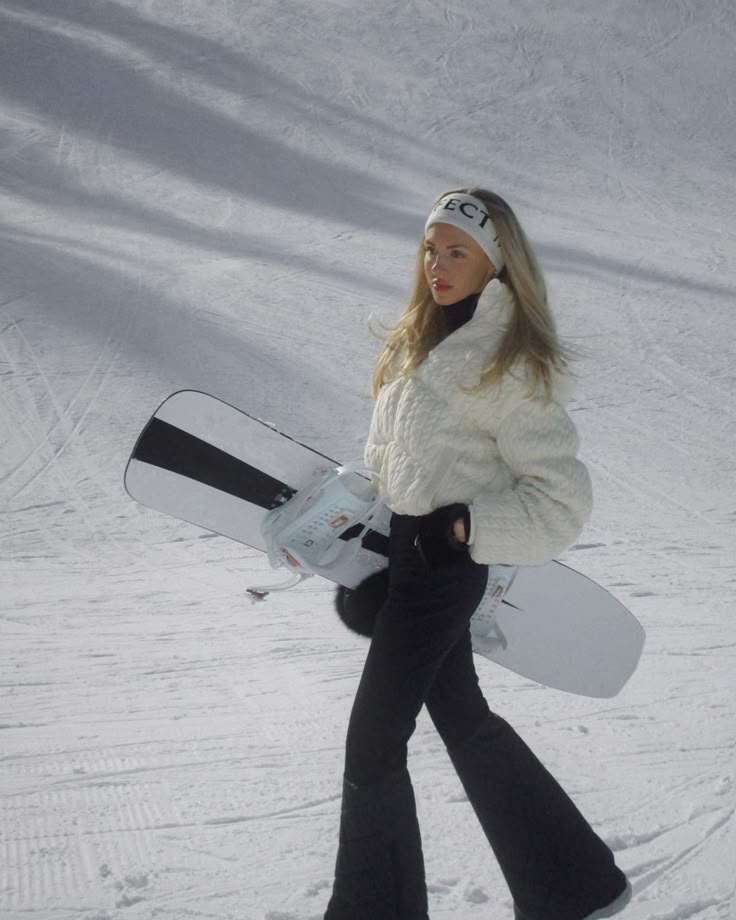
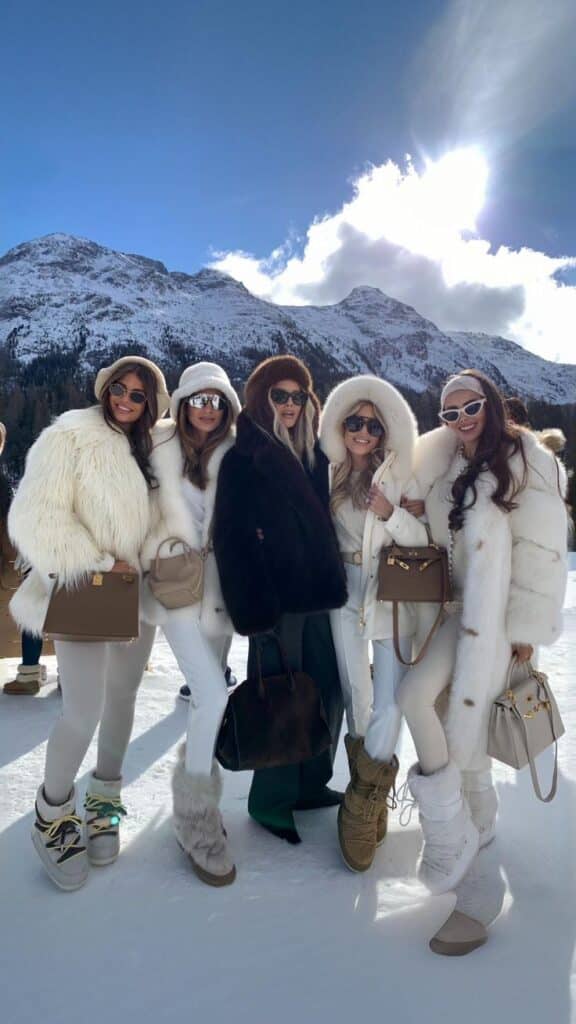
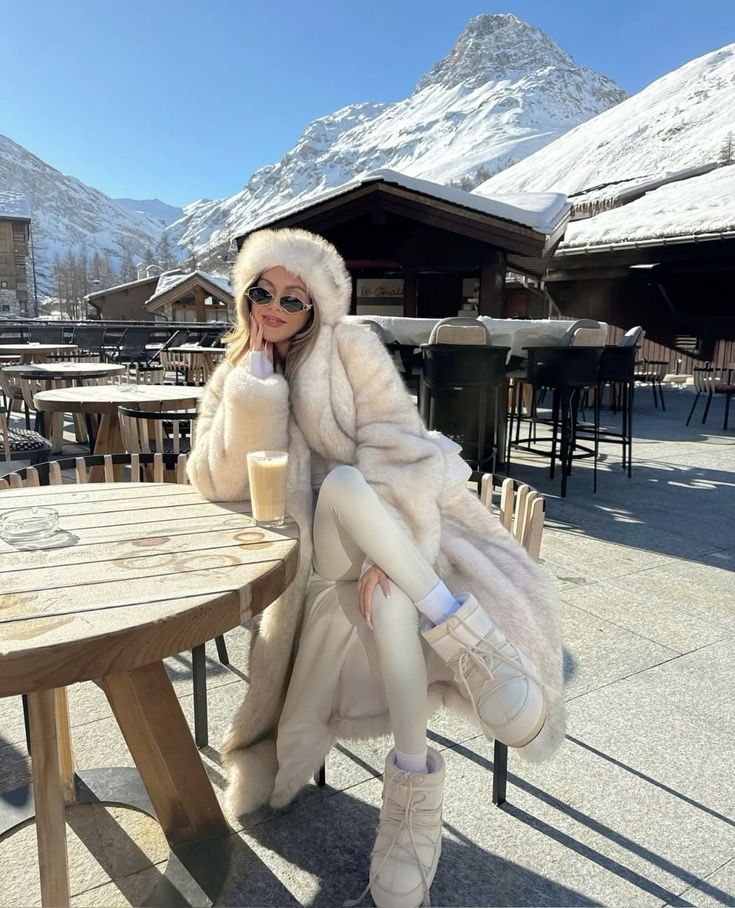
A ski resort isn’t just a place for extreme sports; it’s a vibrant community offering a diverse range of activities. You’ll find gourmet restaurants, quaint boutiques, bustling bars, serene spas, and picturesque walking trails, all set against a stunning winter backdrop. Each of these settings calls for a slightly different approach to your attire.
Consider the dynamic nature of your day. You might start with a leisurely breakfast at your lodge, transition to a quick walk through the village, meet friends for a hot chocolate, then head to a lively après-ski event, and finally, enjoy a delicious dinner. The temperature can fluctuate dramatically from morning to evening, and from indoors to outdoors. This necessitates a wardrobe that is not only versatile but also adaptable. The goal is to move seamlessly from one activity to the next without feeling underdressed, overdressed, or, most importantly, cold.
Mastering the Art of Layering: Your Mountain Fashion Secret Weapon
When it comes to cold weather, layering isn’t just a suggestion; it’s a fundamental principle of staying warm and comfortable. It allows you to regulate your body temperature by adding or removing pieces as conditions change. This is especially vital at a ski resort, where you might experience bright sunshine one moment and a sudden drop in temperature with the arrival of clouds.
The key to successful layering lies in understanding the purpose of each layer. Think of it as a three-part system, each playing a crucial role in trapping heat and keeping moisture at bay.
The Base Layer: Your Second Skin



This is the layer closest to your skin. Its primary job is to wick moisture away from your body. Sweat, if left against your skin, will make you feel cold, even in insulated clothing. Look for materials like merino wool or synthetic fabrics (polyester, polypropylene). Cotton is a definite no-go as it absorbs moisture and dries slowly, leaving you damp and chilly.
- Merino Wool: Naturally breathable, odor-resistant, and excellent at wicking moisture. It’s soft against the skin and provides warmth without bulk.
- Synthetics: Often more affordable, durable, and quick-drying. They are great for high-intensity activities.
For casual wear off the slopes, your base layer might simply be a comfortable long-sleeve tee made of a thermal fabric or a thin wool blend. It sets the foundation for your warmth.
The Mid-Layer: The Insulation Expert
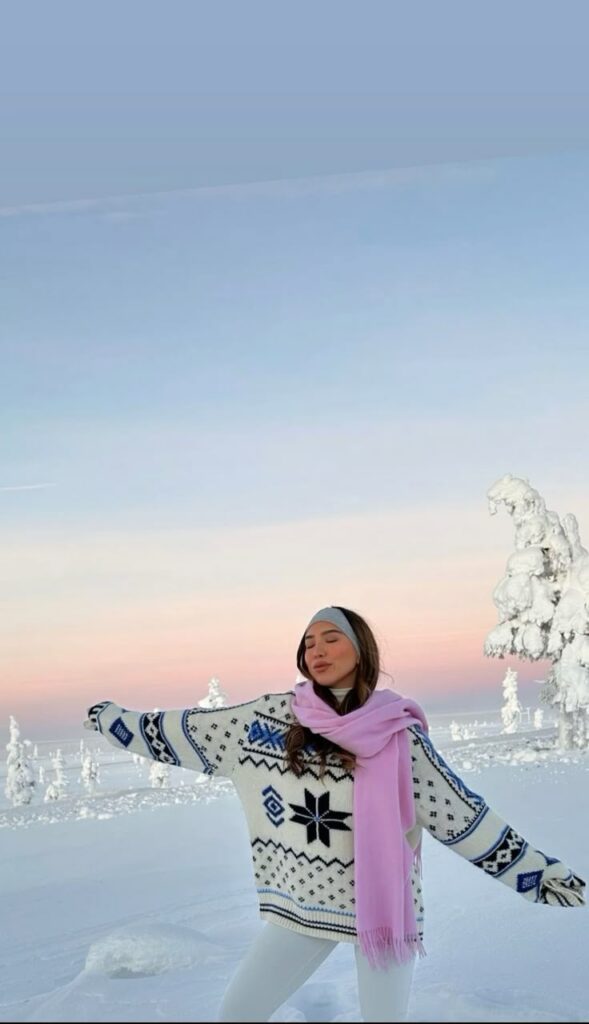
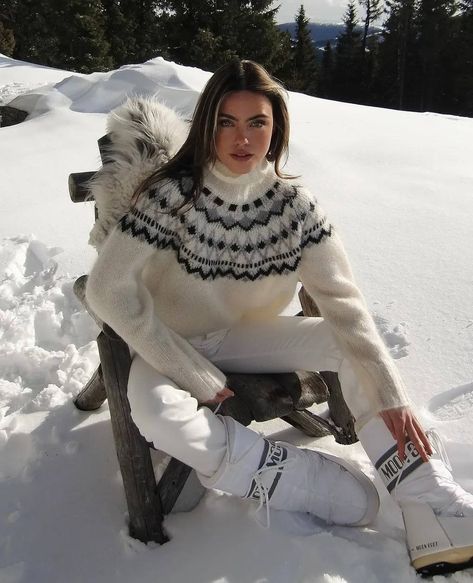
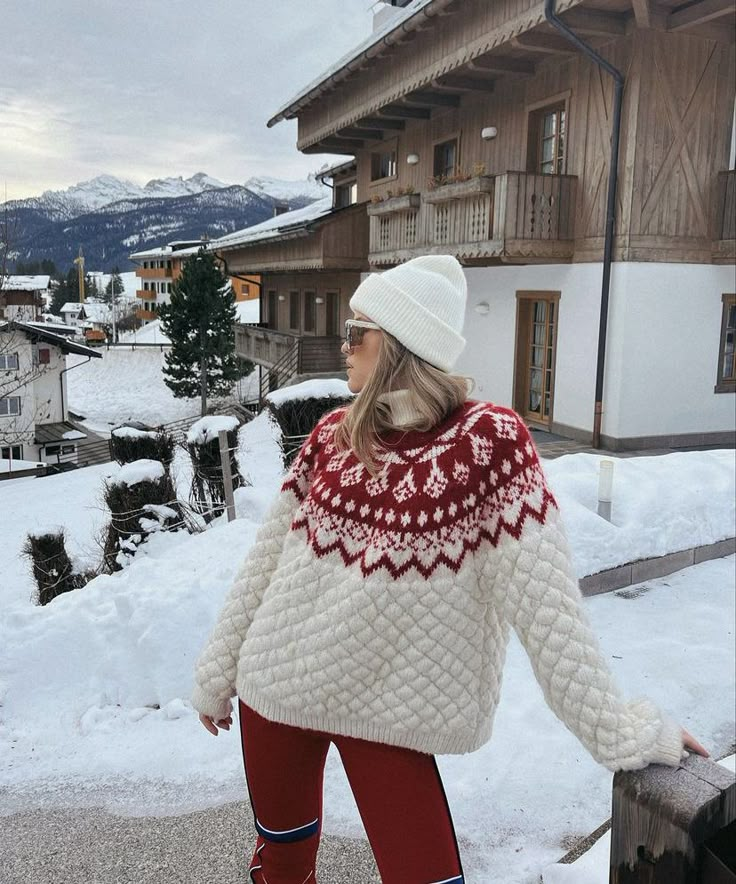
The mid-layer provides the bulk of your warmth by trapping air. This is where you can really play with textures and add a touch of style to your outfit. Common materials include fleece, down, or synthetic insulation.
- Fleece: Lightweight, breathable, and quick-drying. Fleece jackets, pullovers, and vests are incredibly popular for their versatility and comfort.
- Down: Offers superior warmth-to-weight ratio. Down vests or lightweight down jackets are fantastic for keeping your core warm without restricting movement.
- Wool Sweaters: A classic choice for warmth and style. Chunky knit sweaters, cashmere, or lambswool are perfect for a sophisticated yet cozy look.
For casual resort wear, a stylish fleece vest over a long-sleeve top, or a luxurious wool sweater, serves as an excellent mid-layer. It’s often the most visible part of your layered ensemble when indoors, so choose wisely!
The Outer Layer: Your Protective Shield

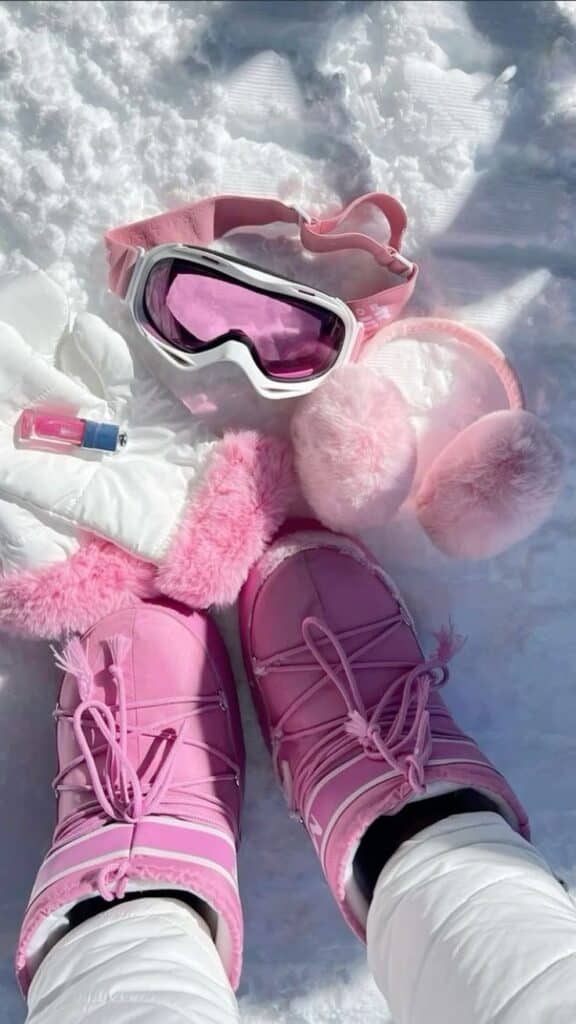
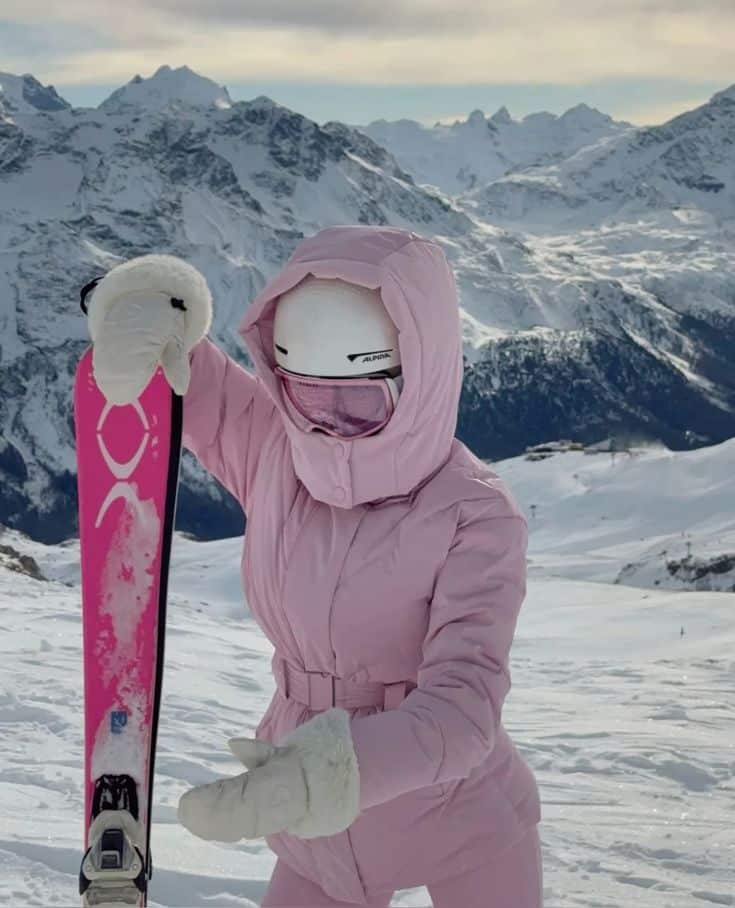
This is your defense against the elements – wind, snow, and rain. A good outer layer should be waterproof or water-resistant and windproof, while also allowing some breathability to prevent overheating.
- Puffer Jackets/Coats: The quintessential ski resort fashion statement. Available in various weights and styles, they offer excellent insulation and come in many colors and finishes.
- Parkas: Longer than traditional jackets, providing extra coverage and warmth, often featuring hoods lined with faux fur for added coziness and style.
- Insulated Shell Jackets: While often used for skiing, a stylish, insulated shell jacket can double as an excellent casual outer layer, especially if you anticipate heavy snow.
When choosing your outer layer for casual wear, prioritize warmth, weather protection, and, of course, a look that complements your personal style. A well-chosen coat can elevate your entire outfit.
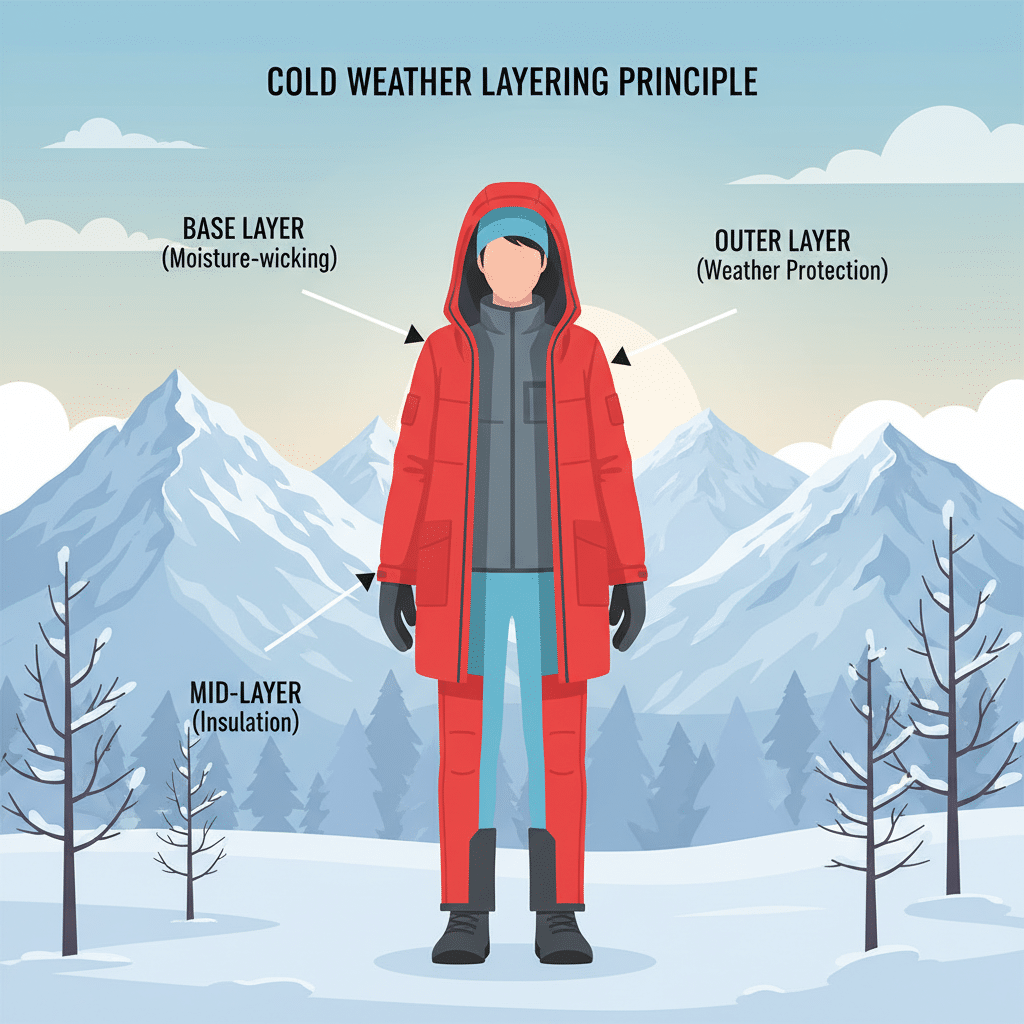
Essential Casual Outfits for Off-Slope Adventures
Now that we’ve covered the science of layering, let’s dive into specific outfit ideas for different scenarios you’ll encounter at a ski resort. Remember, the goal is effortless style that keeps you toasty.
Cozy Cabin/Lodge Wear: Relaxed Comfort
After a day on the slopes, or simply for a relaxing morning, you’ll want to unwind in comfort. This look is all about maximum coziness without sacrificing a touch of put-togetherness.
- Warm Leggings or Knit Pants: Pair high-waisted, fleece-lined leggings or soft knit trousers with an oversized sweater or a long tunic top. For those who prioritize a comfortable and organized living space, this focus on personal comfort aligns well with the principles of creating a neat and inviting home environment, similar to aiming for neat desk inspiration in your home office.
- Oversized Sweaters: Chunky cable knits, soft cashmere, or a classic fair isle sweater are perfect. They offer warmth and a relaxed silhouette.
- Fuzzy Socks or Slippers: Don’t forget plush socks or indoor slippers to keep your feet warm and happy while lounging.
- Accessories: A simple headband or a soft shawl can add a touch of elegance to your lounge attire.
Example Outfit: Fleece-lined black leggings, an oversized cream cable-knit sweater, and a pair of Ugg-style slippers.
Après-Ski Chic: Post-Slope Glamour
Après-ski (literally “after skiing”) is a vibrant part of the ski resort experience. It’s a time to celebrate a day on the mountain, socialize, and enjoy a drink. This calls for an outfit that transitions smoothly from ski boots to stylish footwear, offering warmth with a hint of elevated casualness.
- Stylish Sweaters: Think cashmere blend, fine-gauge merino wool, or a chic chunky knit. Crew necks, turtlenecks, or V-necks all work.
- Dark-Wash Jeans or Smart Trousers: A well-fitting pair of dark-wash jeans is a classic. Alternatively, opt for wool blend trousers or even stylish pleather pants for a fashion-forward look.
- Insulated Boots: Crucial for walking through snow to the bar. Choose waterproof, insulated ankle boots or mid-calf boots with good traction.
- Outerwear: A stylish puffer vest or a chic wool coat can be draped over your shoulders or worn for the walk to the venue.
- Accessories: A statement beanie, a luxurious scarf, and perhaps some simple jewelry can complete the look.
Example Outfit: Dark-wash skinny jeans, a fitted turtleneck sweater, a chic faux fur vest, insulated heeled ankle boots, and a stylish beanie.

Village Strolls & Shopping: Practical Fashionista
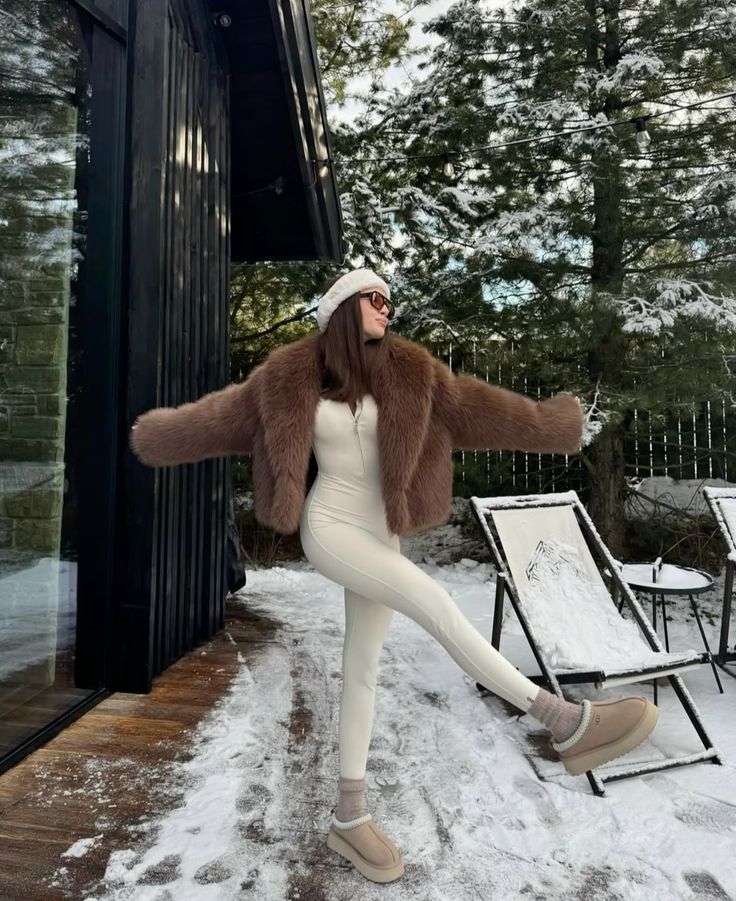
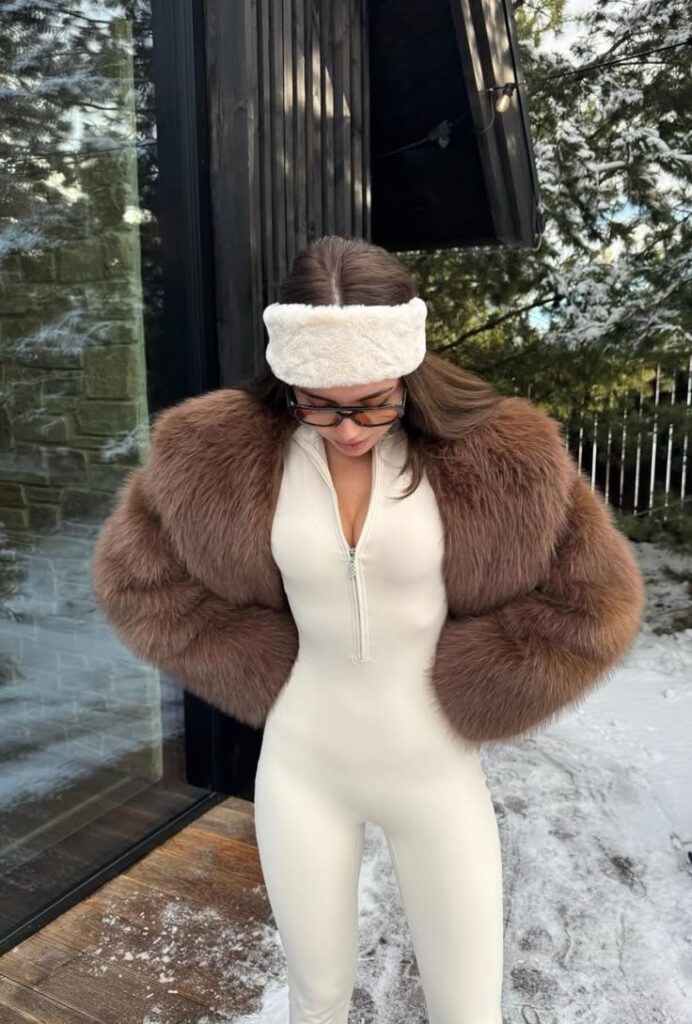
Exploring the charming ski village, browsing boutiques, or grabbing a coffee requires an outfit that’s practical for the elements but still fashionable.
- Warm Outerwear: This is your hero piece. A long, insulated puffer coat, a stylish parka with a faux fur hood, or a classic wool blend coat will keep you warm.
- Thermal Tops and Bottoms: Layer a thermal long-sleeve top under a sweater, and wear thermal leggings under your pants for extra warmth.
- Durable Bottoms: Insulated pants, ski-style trousers (not full ski pants, but water-resistant and warm), or dark-wash, fleece-lined jeans.
- Snow Boots: Non-negotiable for comfort and safety on snowy and icy paths. Look for waterproof, insulated boots with excellent grip.
- Hats, Scarves, Gloves: Essential for protecting against the cold. A colorful beanie or a chunky knit scarf can add a pop of personality.
- Small Crossbody Bag: Convenient for carrying essentials like your phone, wallet, and lip balm, leaving your hands free.
Example Outfit: A long black puffer coat, a colorful knit sweater, insulated black trousers, waterproof snow boots, and a matching beanie and scarf set.
Dinner & Drinks (Casual Dining): Elevated Comfort
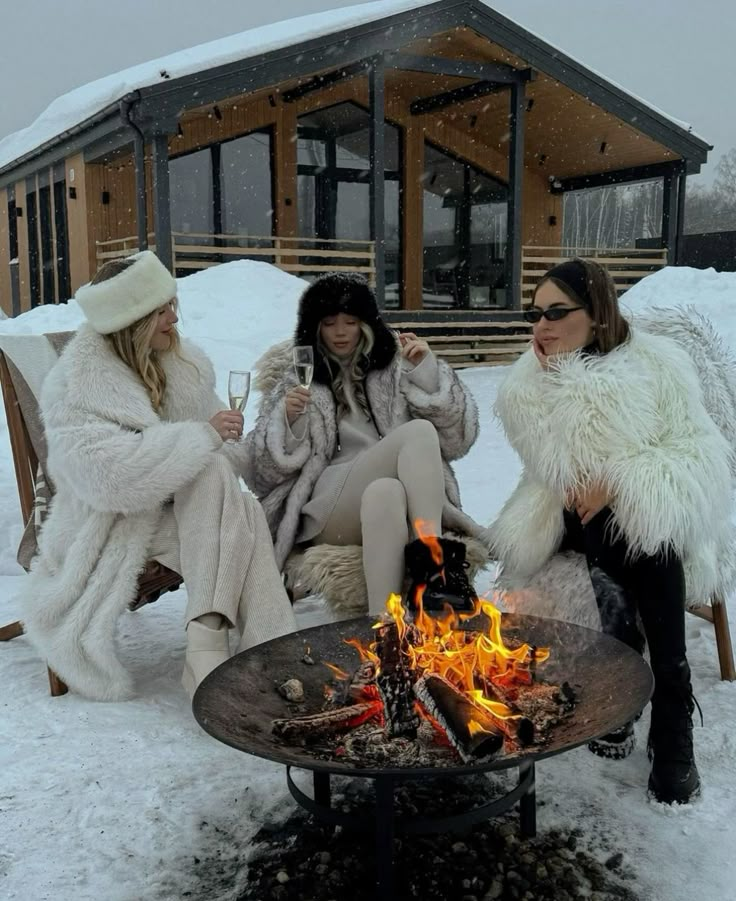
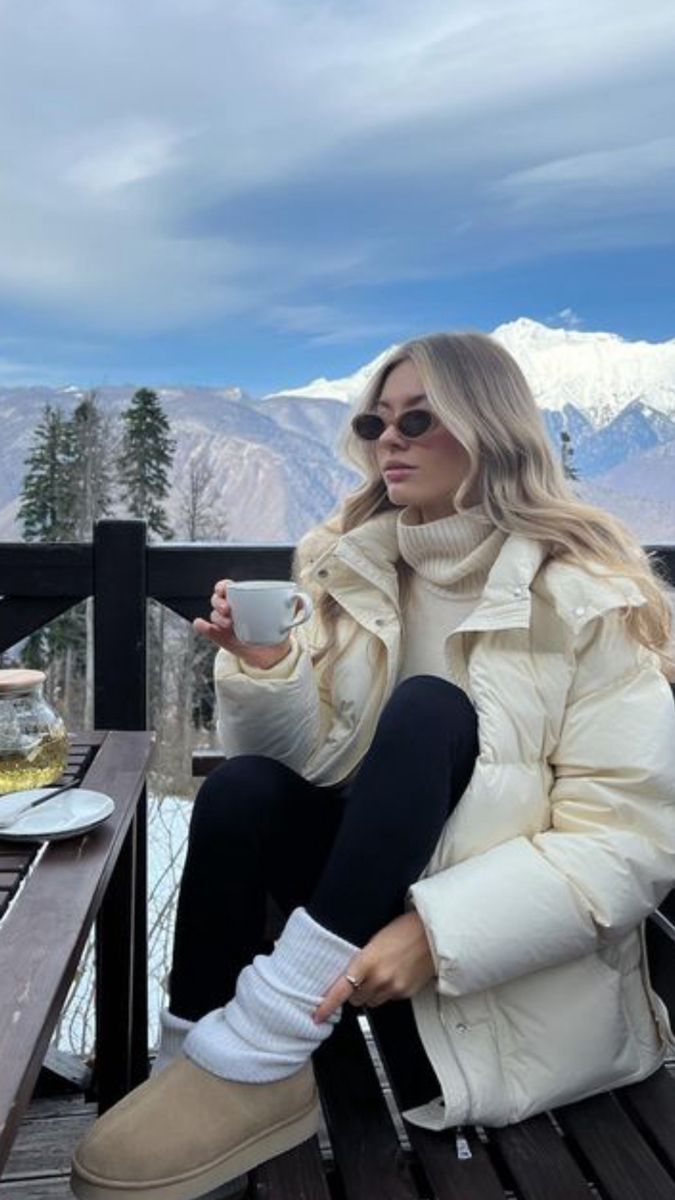
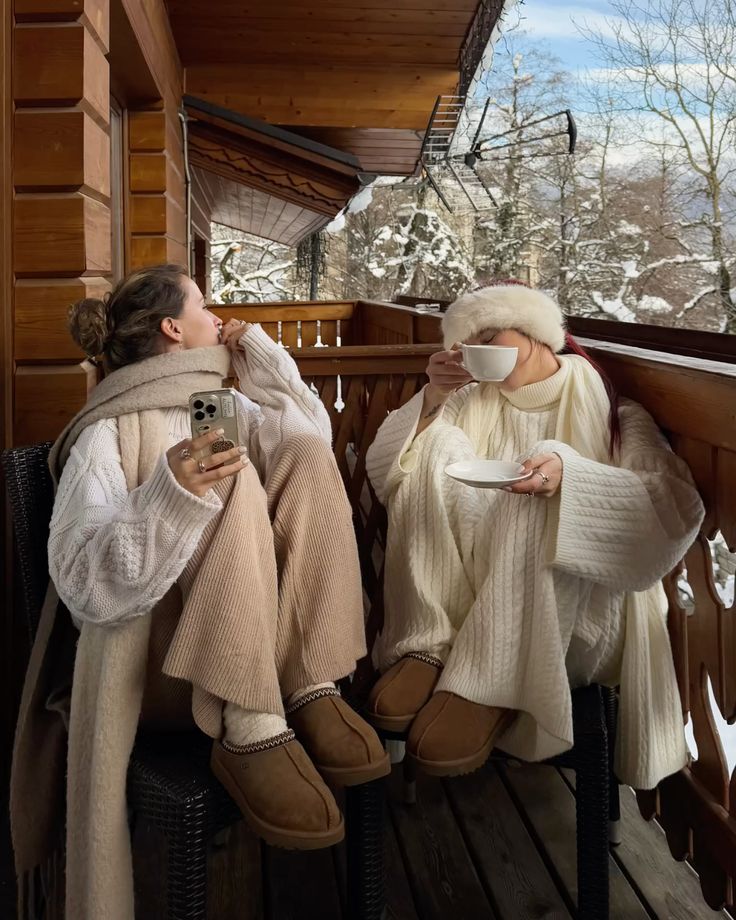
For an evening out at a casual restaurant or pub, you’ll want an outfit that strikes a balance between comfort and polished style. It’s not formal, but it’s a step up from your daytime casual.
- Dressier Sweaters: Think fine-gauge merino, cashmere, or a stylish knit with interesting details like puff sleeves or intricate patterns.
- Dark Jeans or Dress Pants: Dark-wash straight-leg or slim-fit jeans, or comfortable wool or corduroy trousers.
- Ankle Boots or Knee-High Boots: Choose boots with a low heel or flat, ensuring they’re comfortable for walking and perhaps a bit dressier than your snow boots.
- Blouse or Button-Down (layered): For men, a flannel or chambray button-down shirt under a sweater or layered with a stylish jacket works well. For women, a silk or satin blouse under a cardigan or sweater adds a touch of sophistication.
- Outerwear: A stylish wool coat or a tailored puffer jacket.
- Accessories: A statement necklace, a watch, or a nice belt can elevate the look.
Example Outfit (Women): Black slim-fit jeans, a forest green cashmere sweater, black ankle boots, and a delicate silver necklace.
Example Outfit (Men): Dark denim jeans, a fitted plaid flannel shirt, a crew-neck wool sweater, and leather chukka boots.
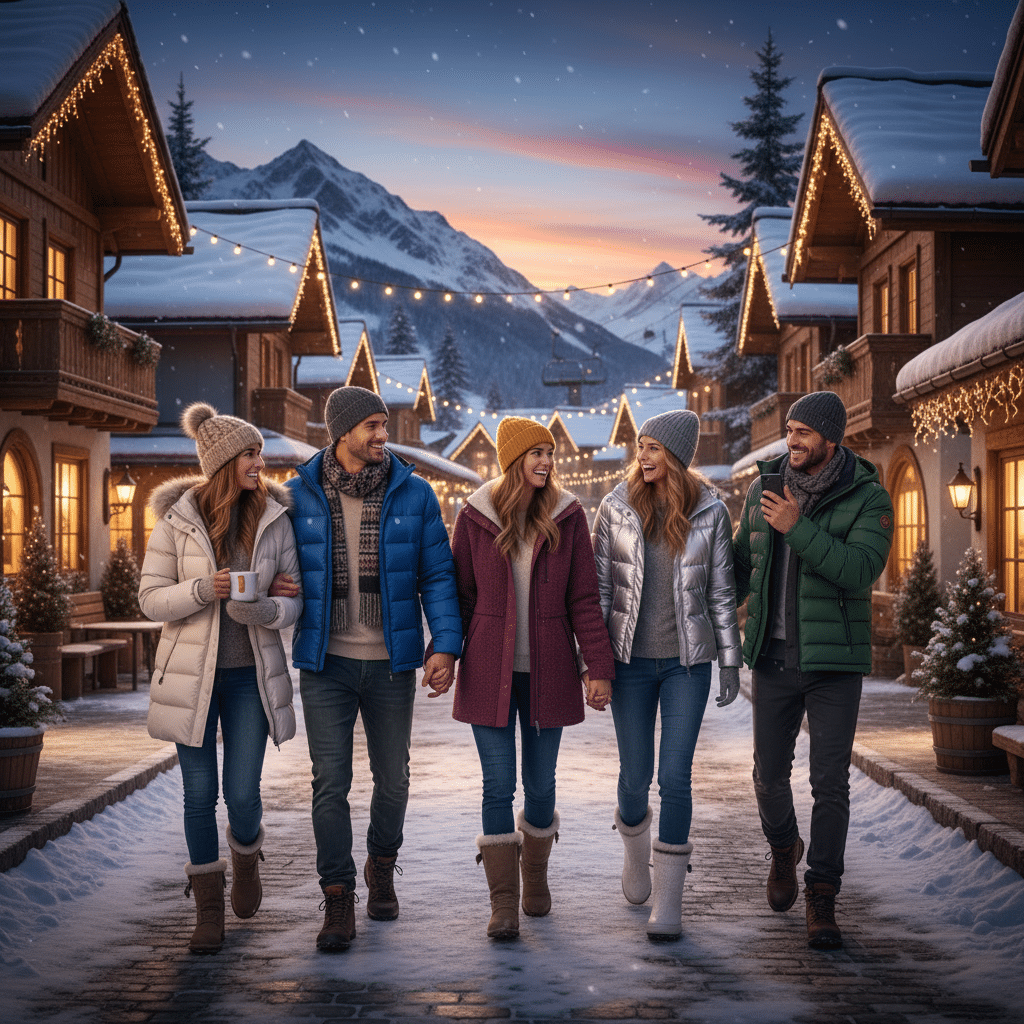
Footwear: The Foundation of Warmth and Safety
Your feet are your connection to the cold ground, and keeping them warm, dry, and secure is paramount. Investing in proper footwear is one of the smartest decisions you can make for a ski resort trip.
Insulated, Waterproof Snow Boots
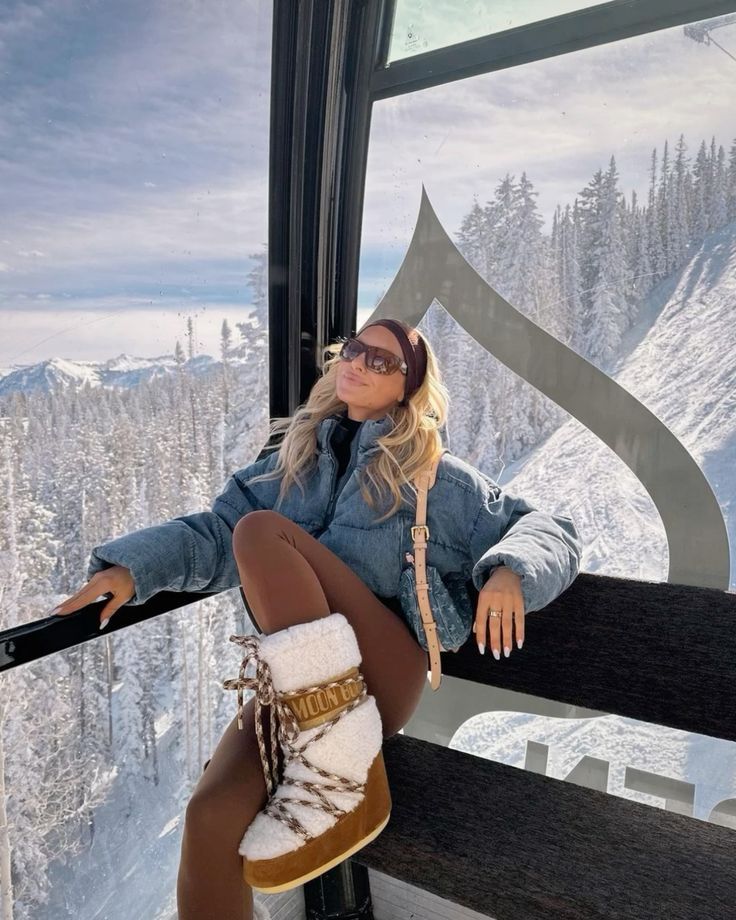
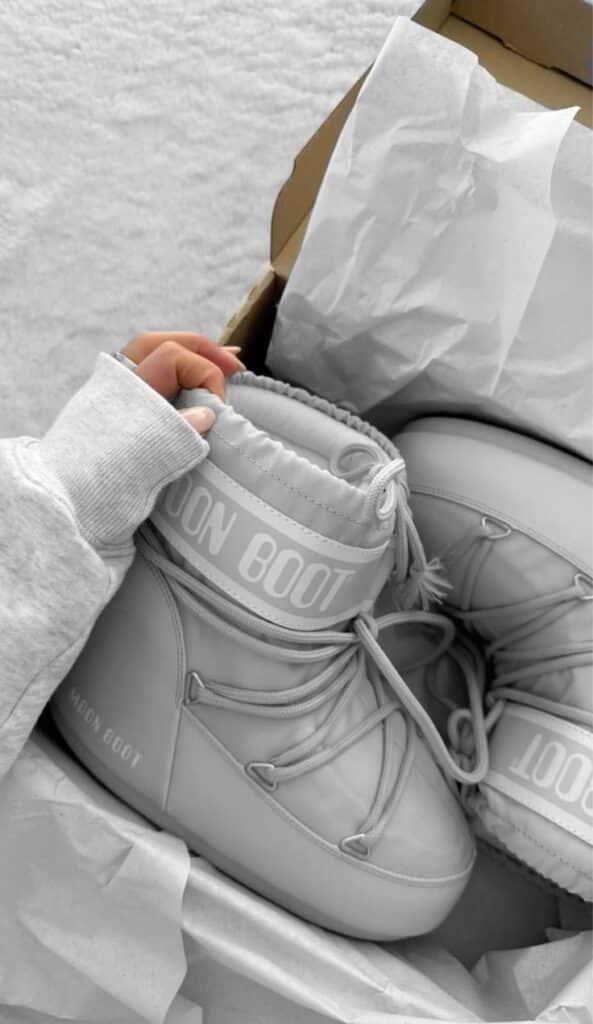
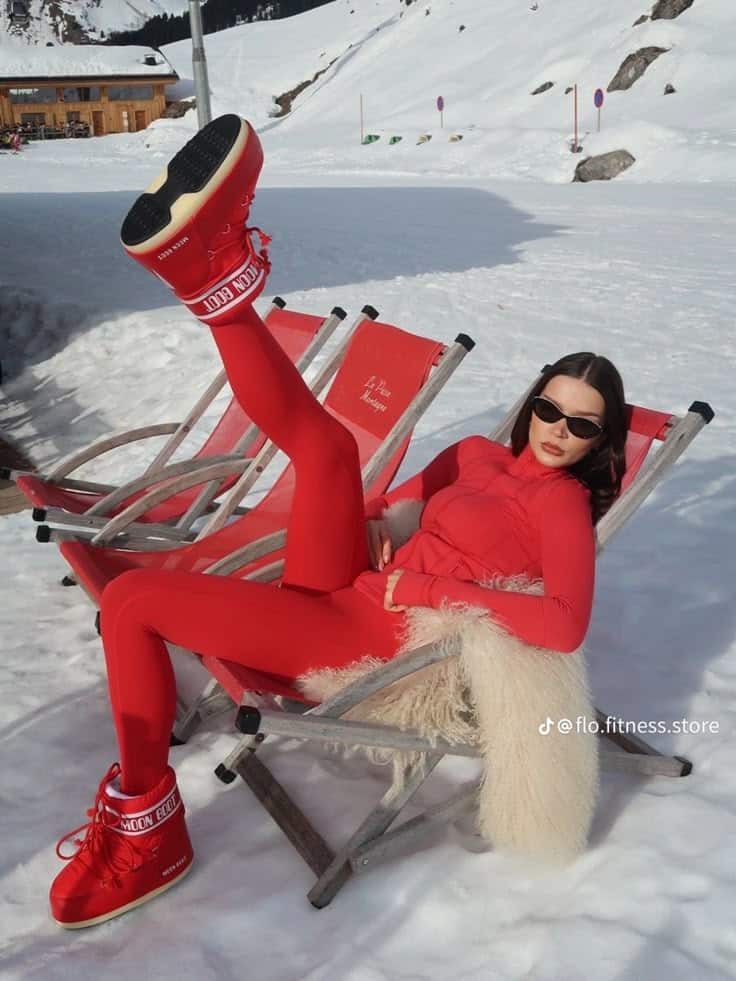
This is your most important piece of footwear.
- Waterproof: Essential for trudging through snow and slush. Look for materials like rubber or treated leather with sealed seams.
- Insulated: Provides warmth. Ratings often indicate the temperature they’re good for. Look for at least 200g of insulation for typical resort conditions.
- Traction: A robust, grippy sole is crucial for preventing slips and falls on icy patches.
- Height: Mid-calf or taller boots offer better protection from deep snow.
- Style: Many brands now offer stylish options that don’t compromise on function, allowing you to create your personal aesthetic style even in practical gear.
Cozy Indoor/Casual Boots
For dining, shopping, or lighter walks, you might want a slightly less bulky option.
- Warm Ankle Boots: Leather or suede ankle boots, ideally with some insulation or a warm lining.
- UGG-style Boots: Excellent for extreme comfort and warmth in dry conditions, but be mindful of their waterproof capabilities in wet snow.
- Warm Socks: Always wear wool or synthetic blend socks with your boots. Avoid cotton, which gets damp and cold. Bring several pairs!
Accessorize to Elevate and Protect


Accessories aren’t just about style; at a ski resort, they are vital for protection against the elements. They also offer a fantastic opportunity to inject personality into your otherwise functional outfits.
- Beanies/Hats: A warm hat is essential, as a significant amount of body heat is lost through the head. Choose knit beanies, bobble hats, or wool hats. A custom beanie, for example, is a smart choice not just for branding but for personal warmth and style.
- Scarves: A thick knit or wool scarf adds warmth around your neck and chest. It can also be pulled up over your face in biting winds.
- Gloves/Mittens: Protect your hands. Leather gloves or insulated mittens offer both warmth and style.
- Earmuffs: A fashionable alternative to a hat, or an extra layer of warmth for your ears.
- Sunglasses: Even on cloudy days, the sun’s glare off the snow can be intense and harmful to your eyes. Pack a good pair with UV protection.
- Fashion Jewelry: Keep it minimal. A simple necklace, stud earrings, or a sturdy watch.
- Warm Tights/Leggings: Worn under pants or skirts for extra insulation.

Packing Smart: Tips for a Stress-Free Wardrobe
A ski resort trip often means packing bulkier items. Here’s how to do it efficiently:
- Roll, Don’t Fold: Rolling clothes saves space and can help prevent wrinkles.
- Packing Cubes: These are a game-changer for organizing layers, socks, and accessories.
- Utilize Empty Space: Stuff socks and small items into boots or shoes.
- Plan Outfits: Lay out your planned outfits for each day/activity to avoid overpacking. Mix and match pieces for versatility.
- Laundry on Site: Check if your accommodation has laundry facilities. This can drastically reduce the amount you need to pack.
- Prioritize Versatility: Choose pieces that can be dressed up or down and worn in multiple combinations. A neutral base palette with a few colorful accessories works wonders.
- Think ‘From Drafty to Cozy’: Just like upgrading a home for year-round comfort, consider how each clothing item contributes to your overall warmth and comfort system.
Don’t Forget the Practicalities
Beyond the clothes, a few practical items will enhance your resort experience.
- Sunscreen and Lip Balm with SPF: High altitude sun is intense, even on cloudy days. Protect your skin from sunburn and chapping.
- Hydration: The dry mountain air can lead to dehydration. Carry a reusable water bottle.
- Small Backpack or Tote Bag: Useful for day trips, carrying extra layers, water, snacks, or your resort map.
- Hand Warmers: Small, disposable packets that provide instant warmth for hands and feet in extreme cold.
- Camera/Phone Protection: Cold weather can drain batteries quickly. Keep devices close to your body or in insulated pockets.
Seasonal Considerations for Ski Resort Attire
The time of year you visit a ski resort can significantly impact your clothing choices, even for casual wear.
- Early Season (November/Early December): Often colder with fresh snow. Pack heavier layers, robust snow boots, and your warmest outerwear. The resort might be quieter, offering a more serene experience.
- Peak Season (Late December-February): Typically the coldest months with the most reliable snow. Expect very cold temperatures, especially in the evenings. Double down on insulation, bring windproof layers, and ensure all your accessories are top-notch. Après-ski scenes are usually at their liveliest.
- Late Season (March/April): Can be a mixed bag. Days might be warmer and sunnier (“spring skiing”), but evenings still get chilly. You might get away with lighter mid-layers during the day, but still need good protection for mornings and nights. Sunglasses are a must, and waterproof outerwear remains essential due to potential slush.
How can I style my casual outfit for après-ski after a day on the slopes?
Opt for stylish sweaters like cashmere or merino wool, dark-wash jeans or chic trousers, insulated boots, and accessories like a statement beanie or scarf to transition smoothly from skiing to socializing in comfort and style.
What practical clothing items are recommended for village strolling and shopping?
Wear a warm, insulated coat like a parka or wool blend coat, thermal tops and bottoms, snow-proof boots, and accessories such as hats, scarves, and gloves, to stay warm and comfortable while exploring the village.
What are some eco-friendly tips for dressing at a ski resort?
Invest in quality, durable pieces, explore second-hand shops, support sustainable brands, consider renting gear, and choose versatile clothing that can be mixed and matched to minimize waste and reduce environmental impact.
What should I consider when choosing footwear for a ski resort?
Choose footwear that is insulated, waterproof, and provides good traction, such as insulated snow boots for snow and ice, to keep your feet warm, dry, and safe while exploring or enjoying indoor activities.
Why is layering important for casual outfits at a ski resort?
Layering is essential because it allows you to regulate your body temperature by adding or removing pieces as conditions change, ensuring you stay warm and comfortable throughout different activities and weather fluctuations.
- 0shares
- Facebook0
- Pinterest0
- Twitter0
